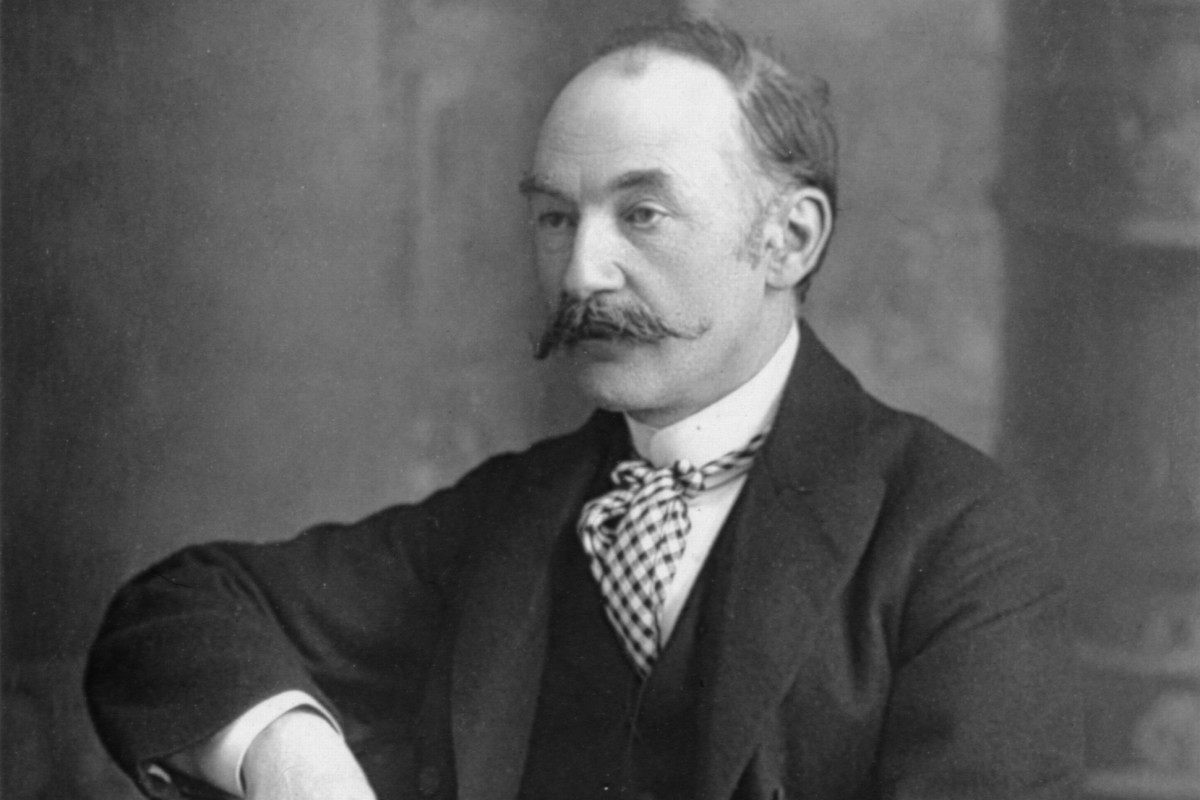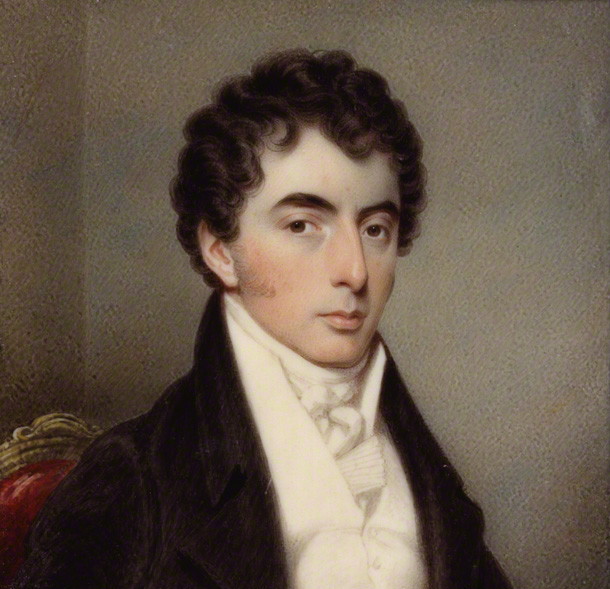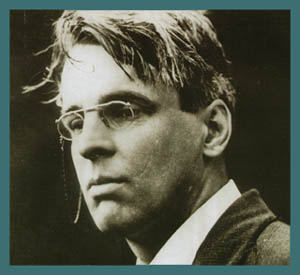About the Poet– Robert Burns is one of the greatest and most celebrated Scottish writers and poet. Most of his poems are originally scout songs for children that have been prescribed and read as poems in the contemporary scenario and the larger context of educational relevance. Burns is considered the National Poet of Scotland and is a well-known figure in Scottish Literature and the overarching structure of English Literature. Burns was born on 25th January 1759 in Alloway, Scotland and is also popularly or fondly called and known as Robbie Burns. Other titles given to him are Scotland’s favourite son and Ploughman’s poet. Much of his writing is in the English of those days with a little bit of Scottish dialect reflecting between the lines. He passed away on 21st July 1796.
Considered as an important figure in the Romantic movement, he inspired the inventors of Liberalism and Socialism even after he passed away. He has made great efforts in establishing and necessitating culture in Scotland and hence is counted as one of the pioneer figures in Scottish Culture in Scotland and amongst the Scottish diaspora across the world. During the nineteenth and twentieth centuries, his work was celebrated on a great scale and he has influenced Scottish literature ever since. A well-known national figure, he was chosen as the greatest Scot by the Scottish public on television in 2009.
To a Mountain Daisy Summary
In the first stanza, the poet comes across the crushed stem of a daisy flower and acknowledges its position in the surrounding area and the world, while establishing his own relationship with it. He expresses his appreciation of the daisy’s beauty and colour and confesses that it is beyond his power to save it and thus, it is a bad time for them to meet each other.
In the second stanza it is evidently clear that the poet remembers a woman, or to be more specific Jean upon seeing the daisy flower. He compliments the flower’s breasts and body, which is quite uncanny since perceiving a flower as a woman and attributing the bodily beauty of the same to the Daisy is rather uncommon. Burns was heavily depressed because of the decline and end of his courtship with Jean and the same fact is repeatedly reflected in the entire poem.
In the third stanza, the poet is appreciating the daisy’s efforts on fighting with the weather and surviving till the end, just like Jean might have tried to, according to his imagination. Especially the last two lines signify Jean and his father’s decisions and actions about the matter.
In the fourth stanza, the poet claims that nobody ever felt what the daisy or Jean felt. No one understood them or adhered to what they wanted or desired. The daisy or Jean are ‘unseen’ and ‘alone’ amongst all the other beautiful flowers and women. In the fourth stanza, the poet states his imagination of the daisy or Jean standing alone in a less populated field, facing the sun with their head held up high at one point in their lives. Now they are in such a position that they have to hide their face and lie to camouflage their tears and pain.
In the next stanza, he says that the fate of a normal, artless maid (Jean) or even the daisy is the same and like this. People only remember the best and forget the rest is the concept that is playing through these lines. The rest of the stanzas also mention and elaborate on the discourse of fate as perceived by the poet. The poet is pointing a finger at the prude elite class who despite their unscrupulousness would want a perfect husband for their daughter. This poem belongs to the era when a love marriage was frowned upon. Therefore, the poet compares the daisy and Jean to a simple bard and his rough life and brings out who is actually the rich and who is poor. Burns wants to state in his metaphorically decorated poem that a person with a big heart is always the elite and the richest in life and the world.
To a Mountain Daisy Critical Analysis
Backgroud, Context and History
Essentially a Scots poem written in 1786 by Robert Burns “To a Mountain Daisy” has many similar poems as its contemporaries, e.g. To a Mouse etc. To a Mountain Daisy is a part of his famous anthology of poems published in the same year itself titled Kilmarnock. The poem describes as to how the poet finds out a crushed daisy’s stem while ploughing his garden, probably situated in the mountains. The fact that Burns noticed the daisy and not any other flower or stem amongst the hundreds that must be lying is something none of the critics have been able to figure out till today. Burns compares the Daisy’s fate to that of humankind, raising the flower and personifying it to the level of human beings and the world designed by them, in the same manner he has compiled the poem To a Mouse which was published the previous year. The poem seems as though Burns has started appreciating his own moral sensibilities. This poem has been adapted by many schools as a part of their English Syllabi and is frequently witnessed in various poetry and art competitions.
Style and Form
Divided into nine stanzas, Burns has incorporated various different styles in this poem. He develops this unique style of dedicating these poems to somethings generally and normally ignored by human beings, like a mouse or a crushed daisy stem. These are somethings a human being just walks over and never realises or ponders upon. Though To a Mouse is much more popular than To a Mountain Daisy in many parameters, one striking factor about To a Mountain Daisy is the use of the verse stanza. “Standard Habbie” invented in the seventeenth century poem “Habbie Simson the Piper of Kilbarchan” by Robert Sempill is the verse stanza used in this poem by Burns. Although Burns was well aware and had a deep understanding of the traditional verse forms, he has used the Standard Habbie so frequently and explicitly than it is widely popular as the Burns Stanza.
Deeper Meaning
The deeper meaning or the fact that makes this poem all the more special when it comes to reading or studying Robert Burns’ poetry is the fact that it reflects his own life events. This point is evidently clear when one reads upon the life of the poet during the time this poem was written. Burns was blessed with twins with a woman called Jean Armour during this time of his life. Jean Armour, most probably had conceived the twins by the end of December 1785, and due to the outdated technology and medical advantages, she probably came to know about her pregnancy by February 1786. Readers and Critics of the author know the fact that Burns was aware of his predicament by the 17th of February when he wrote to John Richmond. The repudiation of Jean has been extracted on account of a glance at a letter to James Smith which is figured to be addressed in and around July. Robert Burns, however was not in a state to get married during the spring that year because of lack of money due to the crops not yielding well at the farm. Therefore, he decided to go abroad and make some money before he marries Jean and makes her his wife. He to state and bind this, designed a document addressed to Jean, which basically was a promise to marry her. However, Jane’s father asked his lawyer to change the names or cut them out and Burns sat to believe that either Jean was unaware of forced into this and forgave her. The destruction of this letter was performed at the same time when To the Mountain Daisy was written and this poem can be seen much in tandem with that of his life event. It can also be concluded that the Daisy personifies Jean. This analysis is written by Anuradha. Do let us your thoughts about the poem.
Some online learning platforms provide certifications, while others are designed to simply grow your skills in your personal and professional life. Including Masterclass and Coursera, here are our recommendations for the best online learning platforms you can sign up for today.
The 7 Best Online Learning Platforms of 2022
- Best Overall: Coursera
- Best for Niche Topics: Udemy
- Best for Creative Fields: Skillshare
- Best for Celebrity Lessons: MasterClass
- Best for STEM: EdX
- Best for Career Building: Udacity
- Best for Data Learning: Pluralsight















